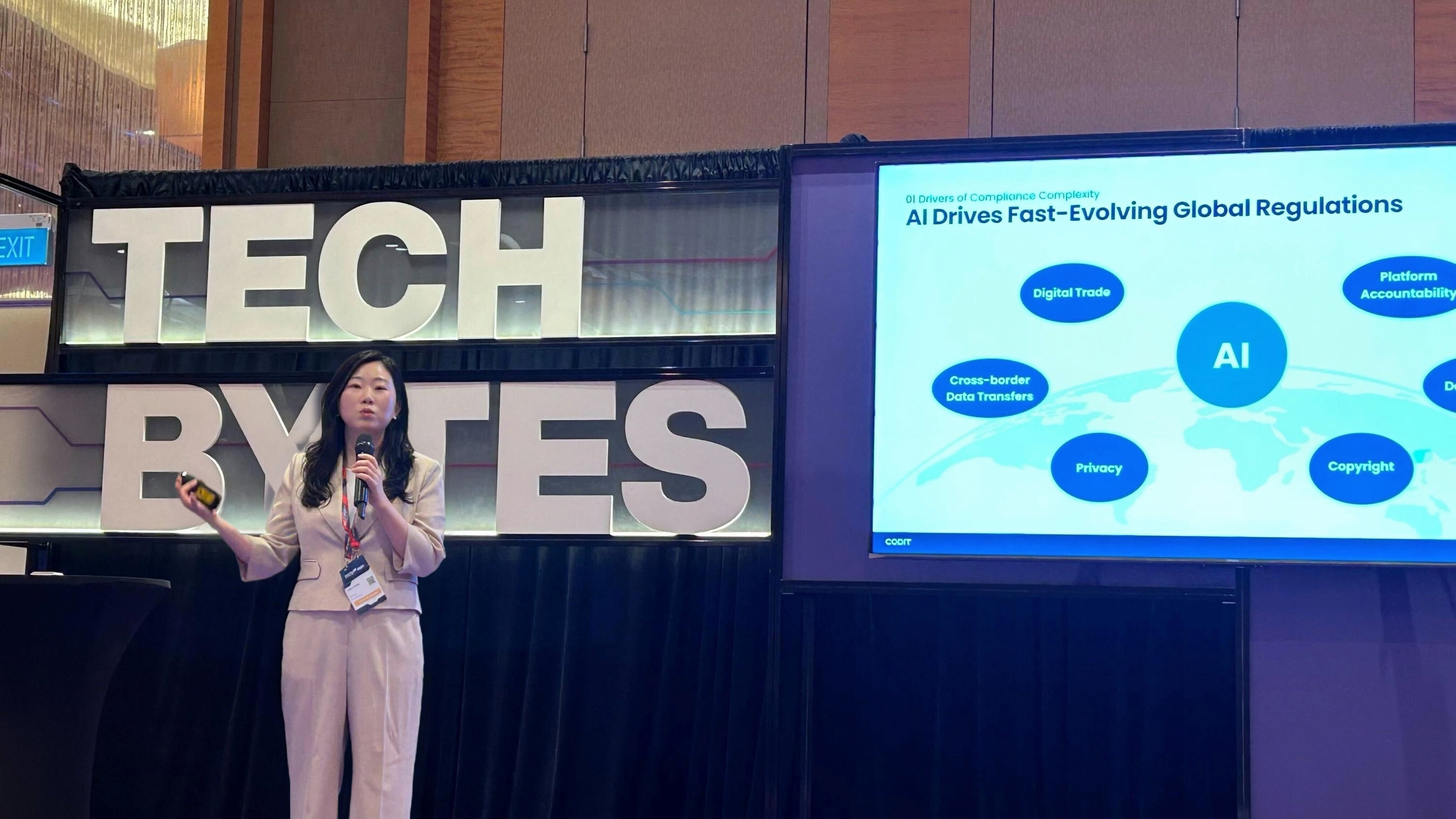AI主導の産業横断的変革:病院管理部門から宇宙コンステレーションまで、そしてその先へ
Author: Alexandra Chen, Senior Tech Correspondent

2025年の夜明けにあたり、ビジネス、科学、文化の各分野の観測者は、デジタル世界の急速な再編成を見守っている。人工知能はもはやニッチな能力ではなく、現代の商業、医療、製造、統治のオペレーティングシステムとなりつつある。今年度の発表ラッシュは、この変化の範囲の広さを強調している。医療に特化したAIスタートアップが4,500億ドルの行政負担に取り組む資金調達を完了させたこと、企業が知能エージェントを組み立てられる組み合わせ可能なAIプラットフォームの登場、政策動向をリアルタイムで監視することを目的としたガバナンス志向のAIツールの登場。これらの信号を総合すると、より大きなトレンド、すなわちAI対応の自動化がパイロットプロジェクトから企業全体、産業全体の変革へと移行しており、それを少数のパイロットから広範な普及へと拡張できる資本・政策・グローバルネットワークが支えている、ということになる。
実務的な結論は、各セクターにおける仕事と役割の再定義だ。医療分野では、その約束は直接的で緊急性が高い。スケジューリングのトリアージを行い、患者のチェックインを処理し、保険会社との事前認証を管理し、複雑な請求ワークフローを支援する自動化アシスタント。フォーブスが報じたように、Prosper AIの500万ドルの資金調達ラウンドは、この野心をより明確な滑走路に置いている。同社は、音声AIが機関のシステム内で運用され、摩擦を減らし、臨床医が書類作成よりも患者ケアにより多くの注意を払えるようになると主張している。今後の課題は、技術を証明することよりも、病院情報システムへのシームレスな統合、プライバシー保護、規制遵守、病院・請求業者・保険者・患者間のインセンティブの整合性をどう実現するかである。

Prosper AIのアプローチは、音声AIを活用してスケジューリング、請求、保険者への電話対応を管理することで、米国の医療における巨大な行政負担に対処する。
医療を超えて、AI対応の経済は、リアルタイムデータ洞察の需要の高まり、知能エージェントを迅速に組み立てられるプラットフォームの出現、そしてサプライチェーン、メディア、金融サービス全体でAI対応の効率を求める世界的な需要という、より広い推進力によって引っ張られている。多くの読者がよく知るマクロ経済の背景(教育、住宅、医療費のインフレ圧力)は、効率性の物語に緊急性を加える。アメリカンドリームのコストの変遷に関する最近の特集は、富の語りが公の議論で大きくなる一方で、長期的な富へ至る道は生産性の向上、デジタルプラットフォーム、サービス提供の限界費用を下げることができるスケーラブルなAI対応ビジネスモデルにますます結びついていると指摘している。こうした文脈では、AIは単なる hype サイクルではなく、日常生活を支える産業のコスト構造を再編成する実用的なツールキットである。
AI対応プラットフォームをめぐる投資環境も、長期的な持続可能性にとって重要な点で温まっている。AI駆動のプラットフォームとデータサービスをめぐる著名な取引の締結—メディアライセンス供与やEC最適化を含む—は、成長の物語が実世界の効率向上と結びつく新しい規範を形作っている。PatternのIPO完了は、同社が独自技術とAIを活用して世界的なECマーケットプレイスでブランドを加速できる能力を軸にしていたことを示す。その取引は、他のライセンス契約やコンテンツ提携とともに、データ・自動化・スケーラブルな流通を組み合わせたAI対応ビジネスモデルへの投資家の関心が継続して高いことを示唆している。総じて、これらの信号はAIエコシステムが好奇心ベースの実験に留まるのではなく、耐久性のあるビジネスモデルへと統合されつつあることを示唆している。

ABI Research envisions rapid growth in China’s NTN frontier, powered by government-backed space policies and new mega-constellations.
AIエージェントを支える技術スタックは成熟を深めている。Tray.aiは、スマートデータソースとAIツールをプラグアンドプレイ形式で組み合わせることで、迅速なAIエージェント開発を可能にする組み合わせ可能なプラットフォームを立ち上げている。ユーザーがスマートデータソースとAIツールをプラグアンドプレイ形式で組み合わせられるようにすることで、Tray.aiは従来の硬直した既製ソリューションと高コストの特注システムとの間で生じる意思決定のジレンマを解決しようとしている。組み合わせ可能性の概念は、ベンダーロックインを回避しつつ実験を加速するのに役立つ一方、相互運用性の標準、セキュリティ、ガバナンスといった課題をも提起する。より多くの企業が顧客サービス、運用、製品開発にAIエージェントを導入するにつれ、柔軟で検証可能・スケーラブルなフレームワークの必要性が明らかになっている。

Tray.aiの組み合わせ可能なプラットフォームは、データソースとAIツールを混在させることで迅速なAIエージェント開発を可能にする。
組み合わせ可能なエージェントプラットフォームと並行して、ガバナンス志向のAIツールは、単なる遊び心から必要性へと移行している。CODITが次世代のAIポリシーエージェントを導入し、規制当局型のモニタリングサービスとして説明していることは、企業向けソフトウェアの新しいカテゴリを示している。これは、多国籍企業が政策の変化、規制の変更、コンプライアンス要件に追随するのを支援するAIである。アジア最大級の法務テック会議でのデモは、AIが韓国の政策動向を監視し国会の動向を追跡する方法を示し、リスク管理への積極的アプローチを提供している。政策志向のAIの登場は、AIシステムが意思決定プロセスに深く組み込まれるにつれて、説明可能性、説明責任、統制の需要が広く求められているという背景と一致している。要するに、市場は単により賢いAIを求めるだけでなく、規則を推論できるAIを求めている。

CODIT debuts a next-gen AI policy agent at Asia’s flagship legal tech conference, signaling a governance-forward direction for AI.
The creative and media economy is also riding the AI wave. From Boomy’s collaboration with Google Cloud to empower AI-generated music workflows to new models for real-time content production, the convergence of AI with audio, video, and cloud services is creating new avenues for creators and brands alike. Lyria 2’s integration with LoopMagic represents a compelling example of how AI can optimize artistic tools and workflows, enabling faster iteration and experimentation while offering new monetization paths for artists and developers. These experiments underscore a broader trend: AI is seeding a new wave of creativity that leans on scalable cloud platforms and sophisticated AI orchestration to transform how music and media are produced, licensed, and consumed.
In aggregate, the landscape sketched above points to a future where AI is embedded in the fabric of business models, not merely as a technology choice. The convergence of automated administration in healthcare, high-growth space infrastructure, AI-powered media, and composable AI agent platforms creates a networked ecosystem in which data, tools, and governance interact. For executives, policymakers, investors, and technologists, the implication is clear: success will hinge on building adaptable architectures, trustworthy governance, and partnerships that span industries, geographies, and regulatory regimes. The AI-driven transformation of 2025 is not a single product launch or a single deal; it is a multi-threaded movement toward more efficient operations, smarter decision-making, and incentivized innovation across the global economy.

Pattern Group IPO closing: AI-enabled ecommerce platforms attract investor interest.
As a final reflection, the trajectory of AI in 2025 is marked less by a single breakthrough and more by the steady accumulation of capabilities that begin to reshape everyday work and long-term strategy. From automated hospital administration and licensable media archives to-scale satellite networks and policy-aware AI agents, the era is defined by the ability to combine data, automation, and governance into coherent systems that create value while managing risk. The path forward will require not just technical skill, but disciplined governance, resilient platforms, and a shared sense of purpose among researchers, business leaders, and regulators. Only with such alignment can the AI-enabled future realize its promise: to do more with less, to connect people and services more reliably, and to expand opportunities across industries and geographies.

Veritone signs ESPN licensing deal to expand access to NCAA Championships content.
If there is a lesson from these developments, it is that AI’s value lies not only in sophistication but in the ability to scale practical capabilities across organizations. Whether it’s a hospital system trimming administrative drag, a media company unlocking new revenue from archives, or a satellite constellation delivering resilient global connectivity, the AI-enabled future depends on deploying reliable platforms that can be governed, audited, and extended as needs evolve. As 2025 unfolds, leaders must choose how to mobilize AI as a strategic asset — and how to do so in a way that balances efficiency with privacy, security, and human judgment.